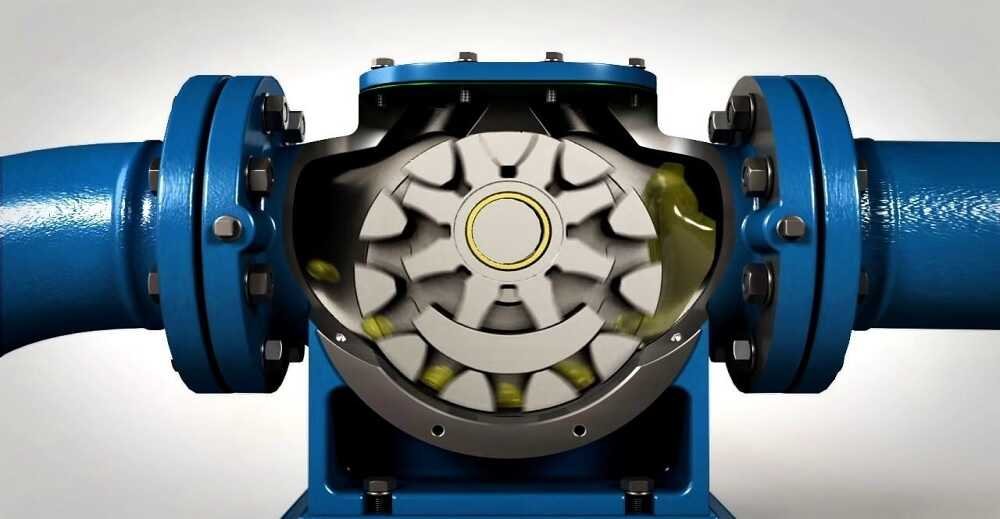
Bed bugs are among the most annoying pests that are very difficult to eradicate. Even after some remedies or treatments, it is still possible for these pesky creatures to come back and re-infest your home. That is why it is recommended that we follow protective measures after applying bed bug removal methods to further prevent bed bugs from thriving.
Several methods have been introduced to deter the growth of bed bug population and eliminate these tiny critters for good. These include heat DIY treatments such as vacuum cleaning, heat remediation or bed bug heat treatment, chemical treatment, and fumigation. However, among these methods for bed bug removal, the most recommended technique by pest control professionals is bed bug heat treatment.
Gearing up for Treatment
Conversely, using heat treatment to solve a bed bug infestation involves meticulous planning and preparation both on the part of the homeowner and the pest control technicians. Here are five steps that should be undertaken while getting your home ready for a bed bug heat treatment:
1. Do A Thorough Clean-Up Of Your Home And Its Surroundings?
An important basic step before commencing the heat treatment would be to clean up your residence well and remove all sorts of clutter and unsanitary substances including trash, left-over food, and pet waste. The treatment must not be started unless your entire home is already free from dirt and litter. Also use the vacuum and make sure to properly dispose of the vacuum bag away from your property so those bugs won’t be crawling back to your home.
2. Leave items including clothing, furniture, mattresses, backpack, suitcases, and bags as is inside your residence except for those things that will get damaged during the treatment procedure.
Items that need to be treated such as linens, beddings, clothes in drawers/cabinets, and other forms of fabric as well as furniture in your home must be left exactly as they are. They have to be exposed to the heat during the treatment. Remember that bed bugs also seek shelter on clothes and fabric; therefore avoid placing your clothes and foot wear inside plastic bags during the day of the treatment. Valuable items especially those that easily break and stuffs like loose paper must be properly secured.
3. Locate And Remove Items That Are Dangerously Sensitive To Heat To Avoid Accidents.
Objects like live plants, musical instruments, ammunition, fire extinguisher, aerosol can, unopened beverage bottles/cans, and candles must be stored somewhere away from the treatment zone. You either place them inside boxes or containers with instructions from the service technician. Otherwise, mishaps could take place as most of these objects could pose hazards when exposed to extreme heat.
4. Wait For The Service Technicians’ Arrival And Instructions Before Moving Out Your Family Members And Pets From Your House.
Do not evacuate your property unless the bed bug exterminator has already arrived. You can take advantage of this time to ask or clarify things with them before they proceed with the treatment process. As qualified pest control professionals, they should be able to tell you everything you need to know about the procedure and other precautionary measures to be considered to ensure a smooth and successful operation.
5. Wear Properly Washed And Dried Clothing During The Day Of The Treatment.
Before leaving your home during the scheduled treatment, change into new sets of clothes that have been exhaustively washed and dried to make sure no bed bug has lodged onto your clothing. Bear in mind that bed bugs are spread easily once they are able to hitchhike on your belongings. Washing your clothes with hot water and drying them in high heat for 20 minutes are enough to kill those sneaky pests.
Preparing your home before instigating the heat remediation process is very important to guarantee success of operation. Homeowners should also be informed that they still have to follow safety protocols after the bed bug heat treatment to avoid the risks of re-infestation. If you happen to live in a multi-level housing, you must refrain from visiting other areas or residences in the building unless the treatment has been totally finished. Most of all, don’t forget to vacuum and thoroughly clean the treated zone after the treatment as plenty of dead bed bugs could be expected. Overall, homeowners are advised to coordinate well with pest control professionals before and after the procedure.








